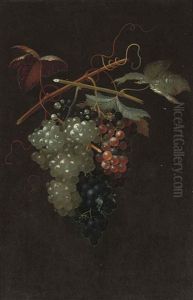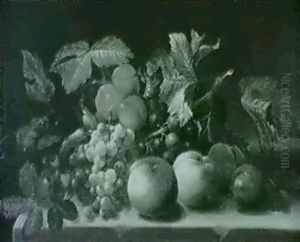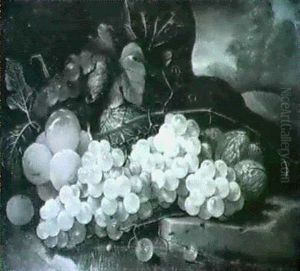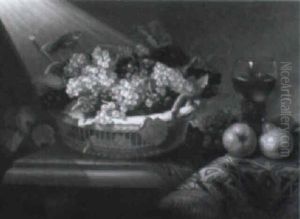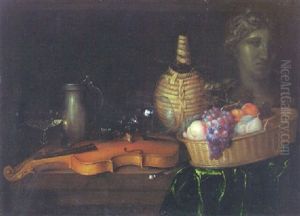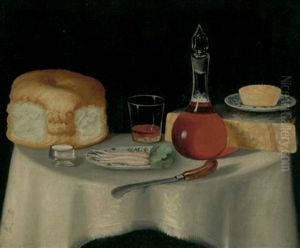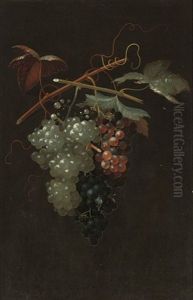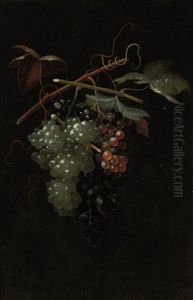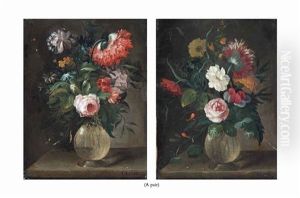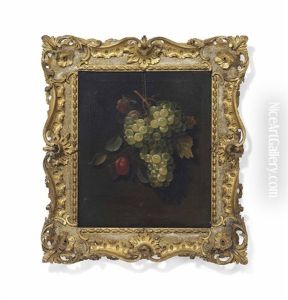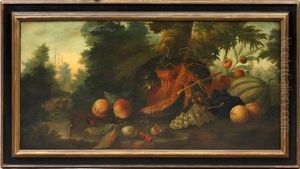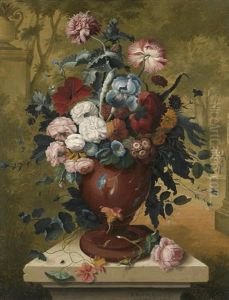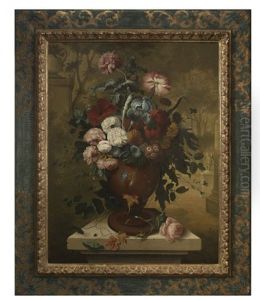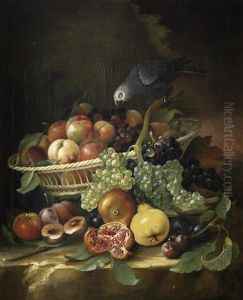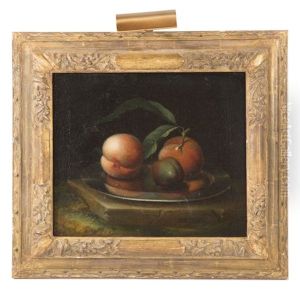Thomas Keyse Paintings
Thomas Keyse was an English artist born in 1749, whose life and work were deeply intertwined with the cultural and artistic movements of his time. He was not only a painter but also a notable figure in the world of ceramics, contributing to the rich tradition of English pottery during the late 18th and early 19th centuries. His contributions, however, have often been overshadowed by more prominent figures of his era, making his story a fascinating exploration of the life of a somewhat obscure artist who made significant contributions to the art world.
Keyse's early life is not extensively documented, but it is known that he was born into a period of great change and innovation in the arts and sciences in Britain. The exact details of his artistic training are unclear, but like many artists of his time, he likely apprenticed under a master craftsman, which was a common practice for aspiring artists and artisans. This period was marked by a flourishing of decorative arts, and Keyse would eventually find his calling in this domain, particularly in the realm of ceramics.
Throughout his career, Thomas Keyse was particularly associated with the town of Battersea in London, where he operated a successful enameling workshop. Battersea was renowned for its enamel works, and Keyse's contributions were integral to this fame. His works included small decorative objects such as snuff boxes, watch cases, and buttons, which were highly prized for their craftsmanship and beauty. These items were emblematic of the period's fascination with detailed, intricate designs and were coveted by the fashionable society of the time.
Despite the success and popularity of his enamel works, detailed records of Keyse's personal life and the full scope of his artistic endeavors remain somewhat elusive. This lack of extensive documentation has contributed to his relative obscurity in the broader narrative of English art history. After a long career, Thomas Keyse passed away in 1831, leaving behind a legacy that, while not widely recognized outside of specialist circles, represents a valuable contribution to the decorative arts of the 18th and early 19th centuries.
In summary, Thomas Keyse's life and work embody the spirit of innovation and craftsmanship that characterized the artistic movements of his time. While he may not be as well-known as some of his contemporaries, his contributions to the field of ceramics and enameling are a testament to the diverse and rich tapestry of English art history.
